Wall coverings are a powerful way to infuse personality, texture, and depth into any space without committing to major renovations. From classic wallpapers to living green walls, this article presents 20 diverse wall covering ideas—each detailed in its own section—to help you transform ordinary walls into striking design statements. You’ll discover options suited for every budget, skill level, and aesthetic, including temporary peel-and-stick solutions, rich natural materials, sculptural three-dimensional panels, and sustainable living walls. Whether you’re seeking a dramatic focal point or a subtle textural backdrop, these ideas will inspire you to reimagine your walls as expressive canvases that enhance both form and function.
1. Traditional Wallpaper
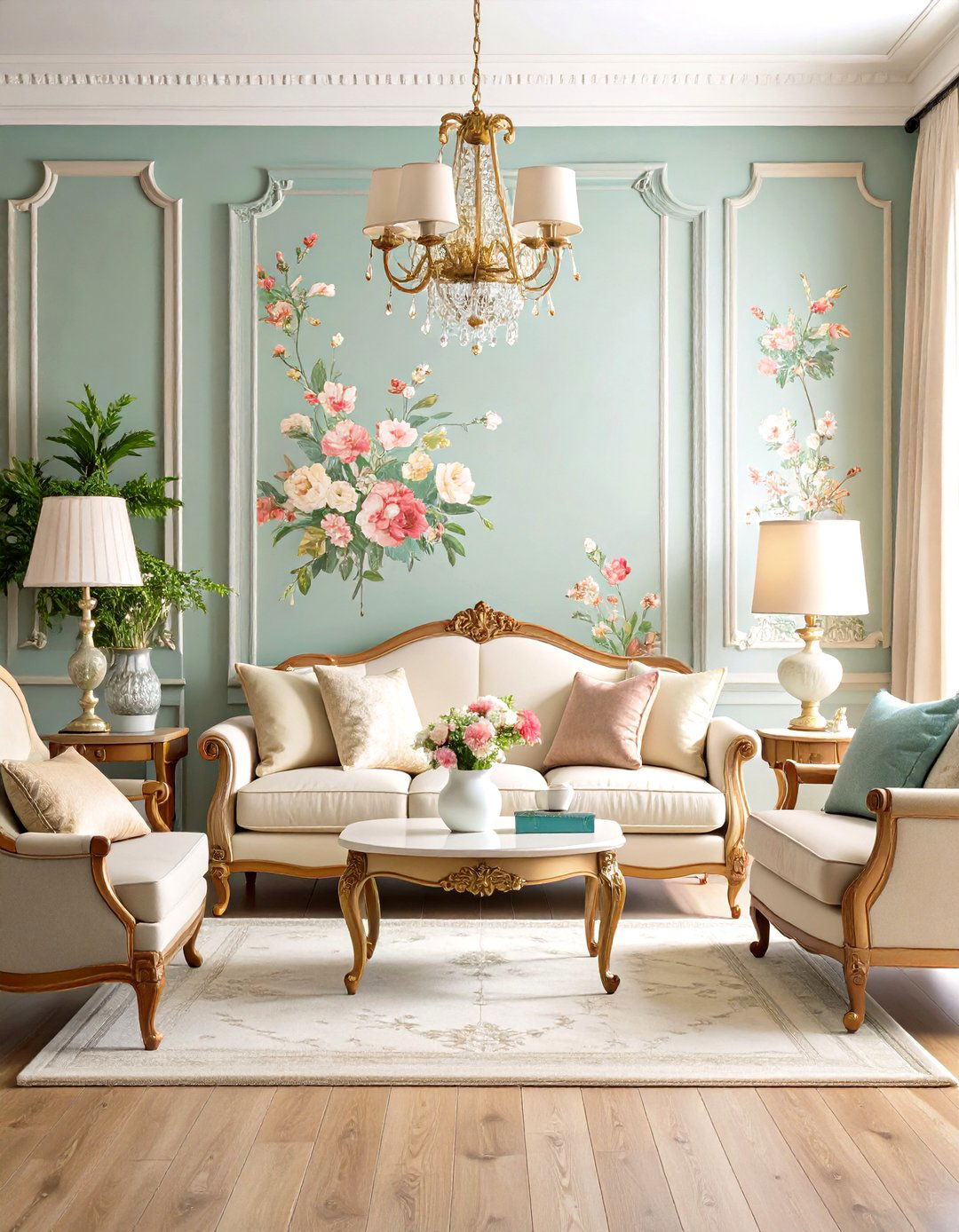
Traditional wallpaper remains a go-to for creating instantly impactful walls, offering endless patterns from classic florals to contemporary geometrics. High-quality paper provides durability and a seamless finish, making it ideal for living rooms, bedrooms, or powder rooms. Installation requires careful surface prep—smooth, primed walls ensure the adhesive bonds properly. Once up, wallpaper adds color, pattern, and texture in one step. Modern offerings include washable and scrubbable varieties for high-traffic areas. With proper maintenance, a well-chosen traditional wallpaper can last a decade or more, serving as a timeless backdrop for evolving décor styles.
2. Peel-and-Stick Wallpaper
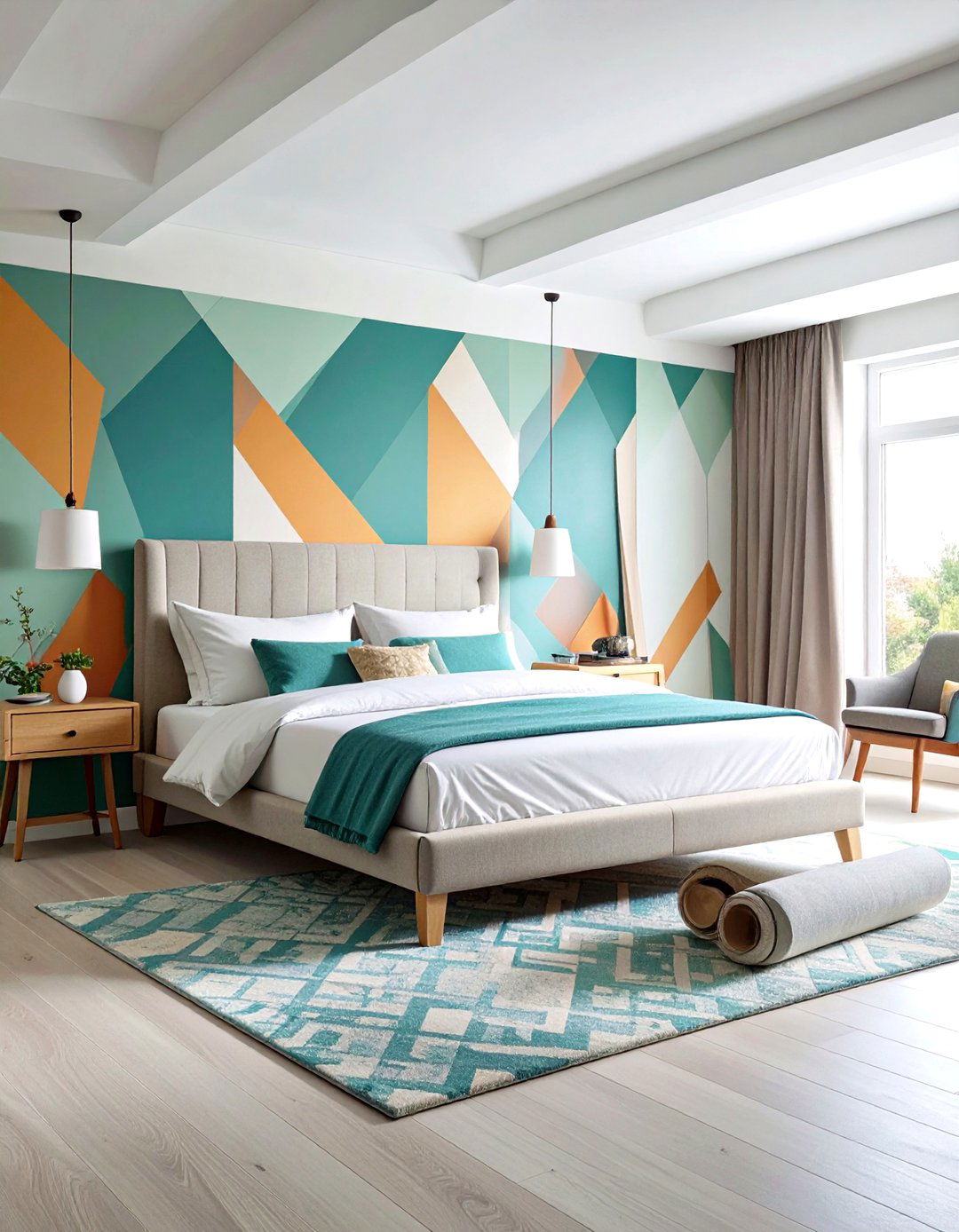
Peel-and-stick wallpaper delivers all the style of traditional vinyl-coated paper but with DIY-friendly application and removal. Its repositionable adhesive makes it perfect for renters or anyone hesitant about permanent changes. Simply peel off the backing, stick to a clean, smooth surface, and trim edges—no paste required. Many brands offer textured, metallic, and even grasscloth-look patterns. When it’s time for a refresh, the paper peels away cleanly, leaving walls intact. This budget-savvy solution is ideal for accent walls, furniture makeovers, or seasonal décor updates.
3. Grasscloth Wallcovering
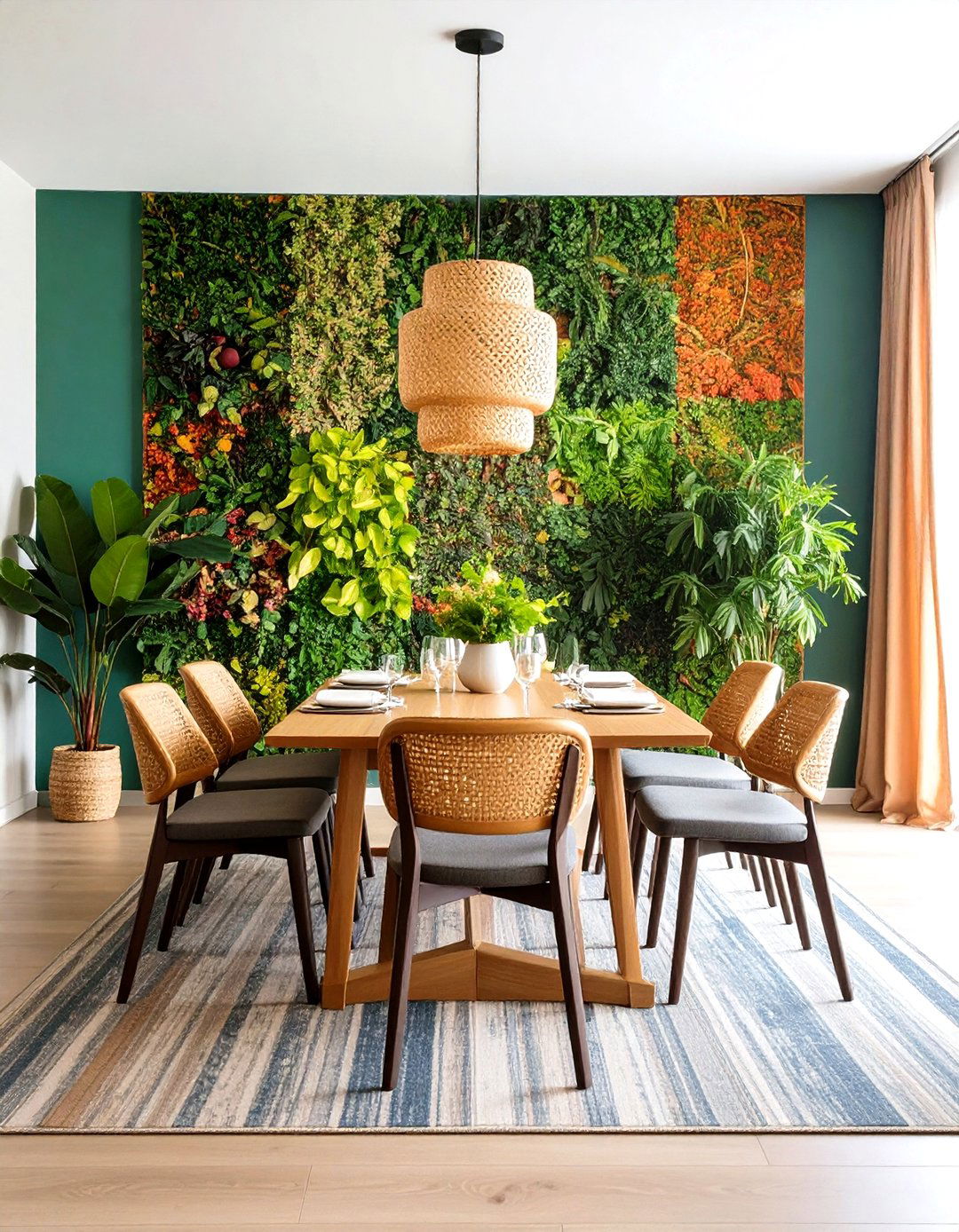
Grasscloth wallcoverings, made from hand-woven natural fibers such as jute, hemp, or seagrass, imbue spaces with organic warmth and subtle texture. Each roll features unique variations in color and weave, ensuring that no two installations look identical. Because of its natural composition, grasscloth requires a specialized lining paper and careful installation to prevent moisture damage. Once up, it provides a rich tactile backdrop that complements minimalist, coastal, or bohemian interiors. Over time, the wallcovering develops a gentle patina, enhancing its natural beauty.
4. Wainscoting
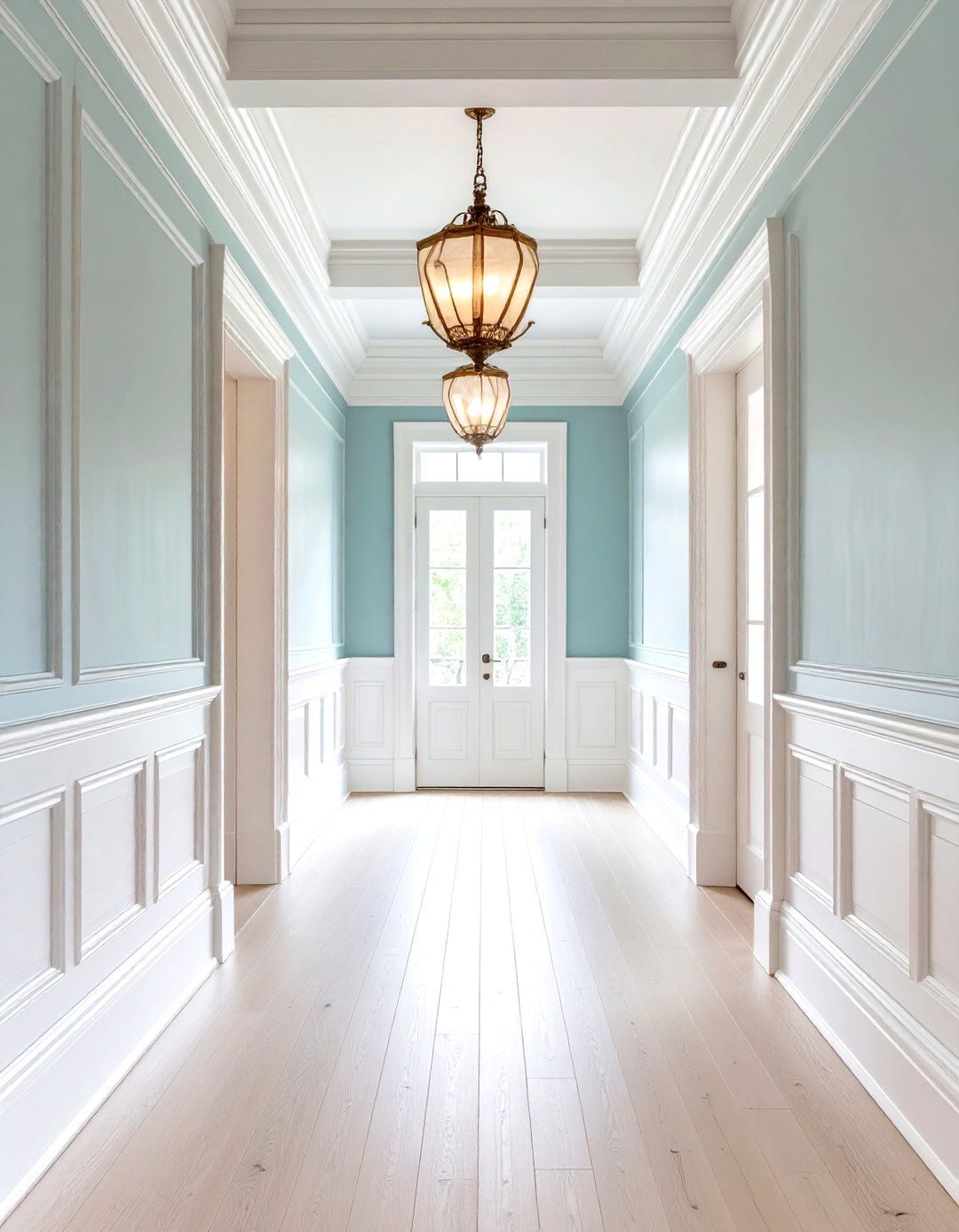
Wainscoting—a classic treatment featuring wood panels applied to the lower portion of walls—balances durability and elegance. Traditional boards, beadboard, or raised-panel styles protect walls from scuffs while adding architectural interest. Typically installed to chair-rail height (around 32–36 inches), wainscoting can be painted to match trim or contrasted against a different wall color. Beyond aesthetics, it conceals minor imperfections and offers a kid-friendly surface for hallways, dining rooms, and entryways. Modern variants use MDF or polymer panels for easier installation and moisture resistance.
5. Board-and-Batten

Board-and-batten elevates wall treatments with vertical boards (battens) overlaying wider baseboards, creating a rhythmic, linear pattern. This style adds height and texture to rooms, making ceilings feel taller. Painted monochromatically, it works in contemporary settings; left in natural wood, it lends rustic charm. Installation flexibility allows partial walls, full-height treatments, or inventive layouts such as geometric paneling. Board-and-batten hides cracks and dings effectively and pairs beautifully with contrasting wall colors above the battens for two-tone looks.
6. Shiplap
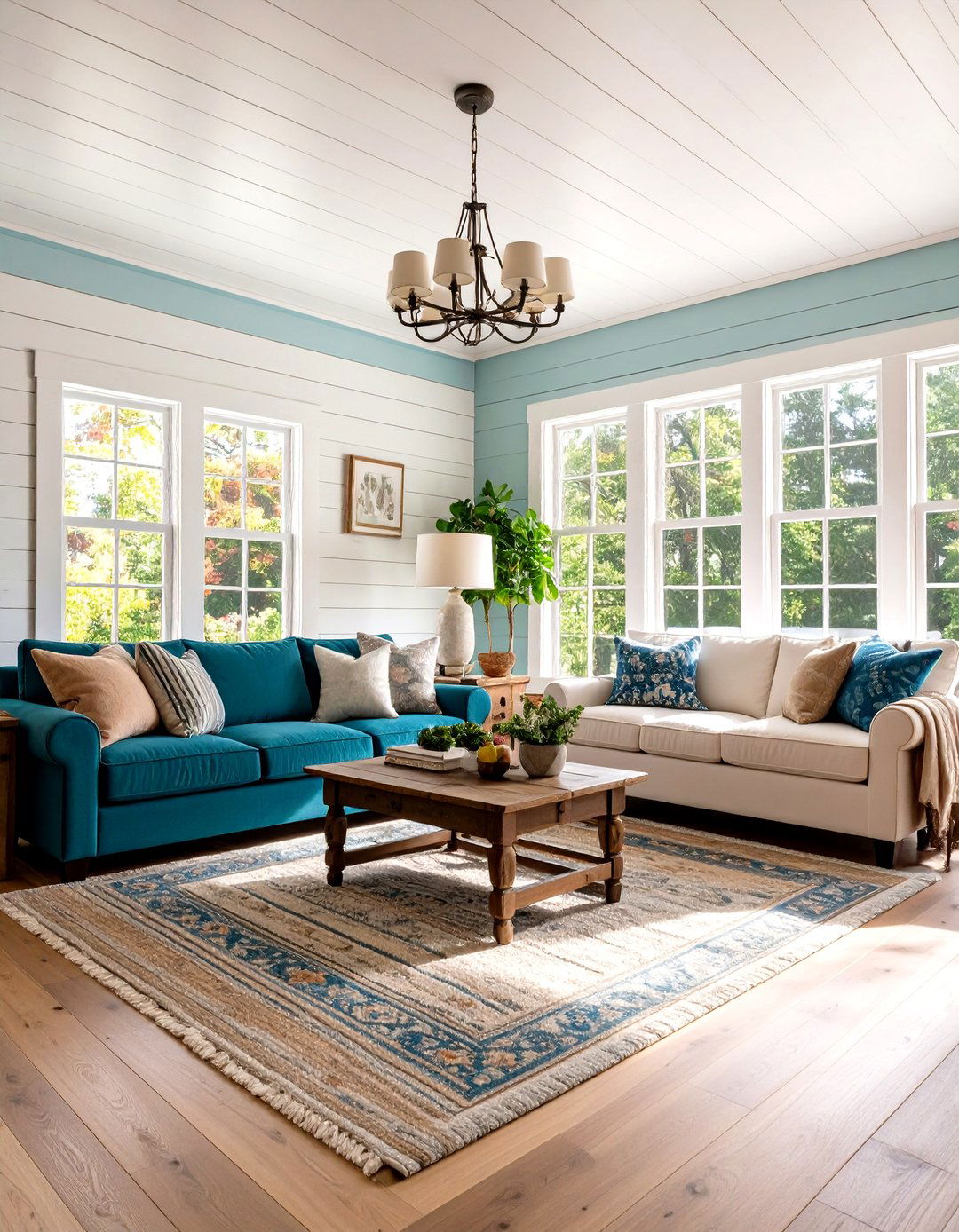
Shiplap—horizontal wood boards with interlocking edges—has surged in popularity for its laid-back, farmhouse appeal. When painted white or soft neutrals, it brightens rooms and adds gentle shadows between boards. Unfinished or stained shiplap highlights natural wood grain, perfect for rustic or coastal décors. Lightweight engineered-wood panels speed installation, while traditional tongue-and-groove boards offer authenticity. Shiplap accent walls are ideal behind beds or sofas, injecting subtle texture without overwhelming the space.
7. Reclaimed Wood Paneling

Reclaimed wood paneling uses salvaged barn boards, pallets, or demolition timber to cloak walls in history and character. Varied tones, nail holes, and weathered finishes create a rich tapestry of texture. Panels can be installed horizontally, vertically, or in chevron patterns for added drama. Because reclaimed wood is pre-aged, it’s an eco-friendly choice that reduces waste. Proper cleaning and sealing ensure longevity, and pairing with modern furnishings highlights the wood’s rustic charm. It’s especially striking in studies, dining rooms, or as feature walls in living areas.
8. Three-Dimensional Wall Panels
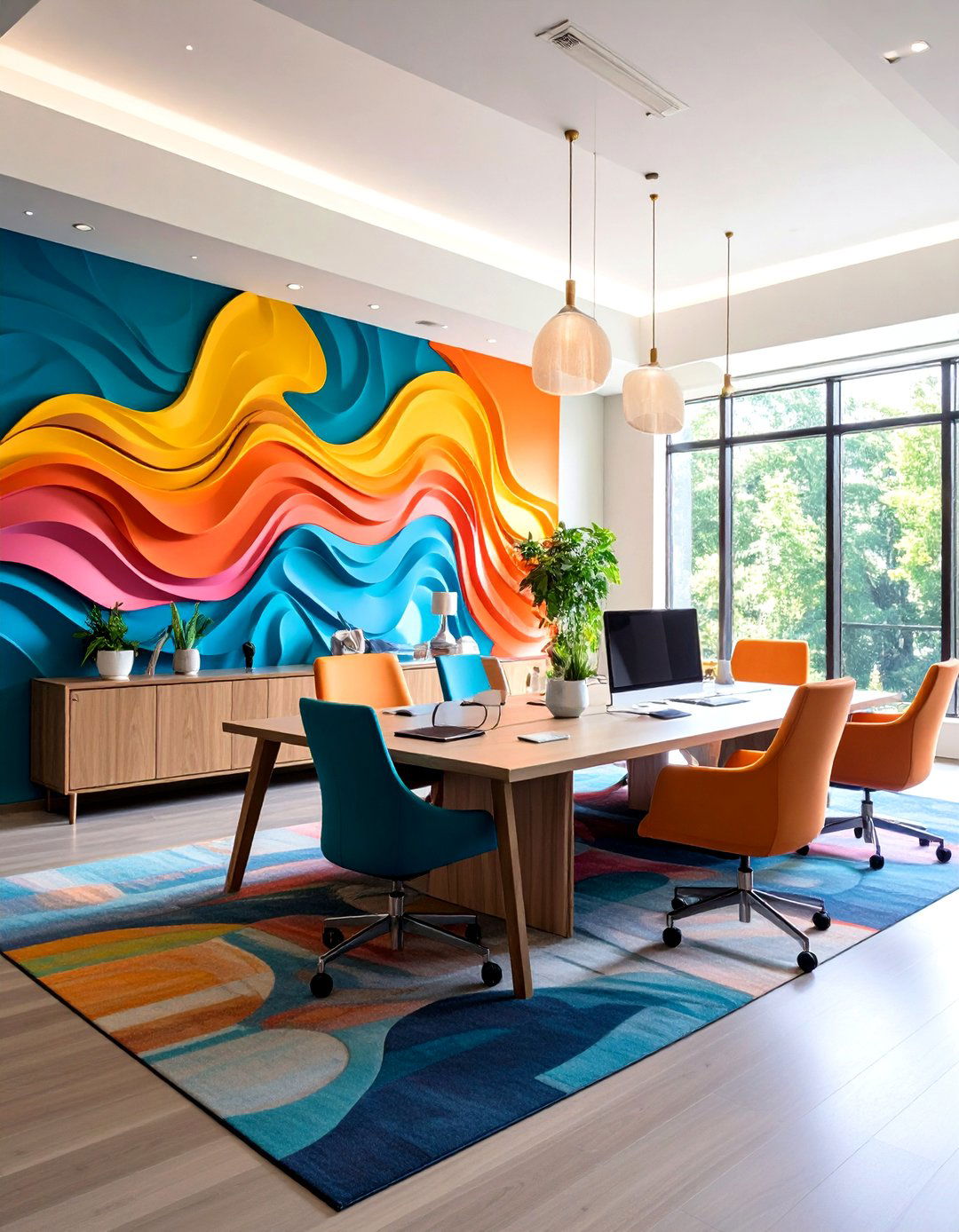
Three-dimensional (3D) wall panels—made from materials like MDF, PVC, or plant-fiber composites—offer sculptural depth and modern flair. Panels come in geometric, wave, or organic relief patterns, transforming flat walls into tactile art installations. Many are paintable, allowing you to match or contrast them with existing décor. Installation typically involves adhesive or a z-clip mounting system for quick application. Used sparingly as an accent behind a bed or sofa, 3D panels create visual interest without cluttering the room.
9. Fabric-Wrapped Panels
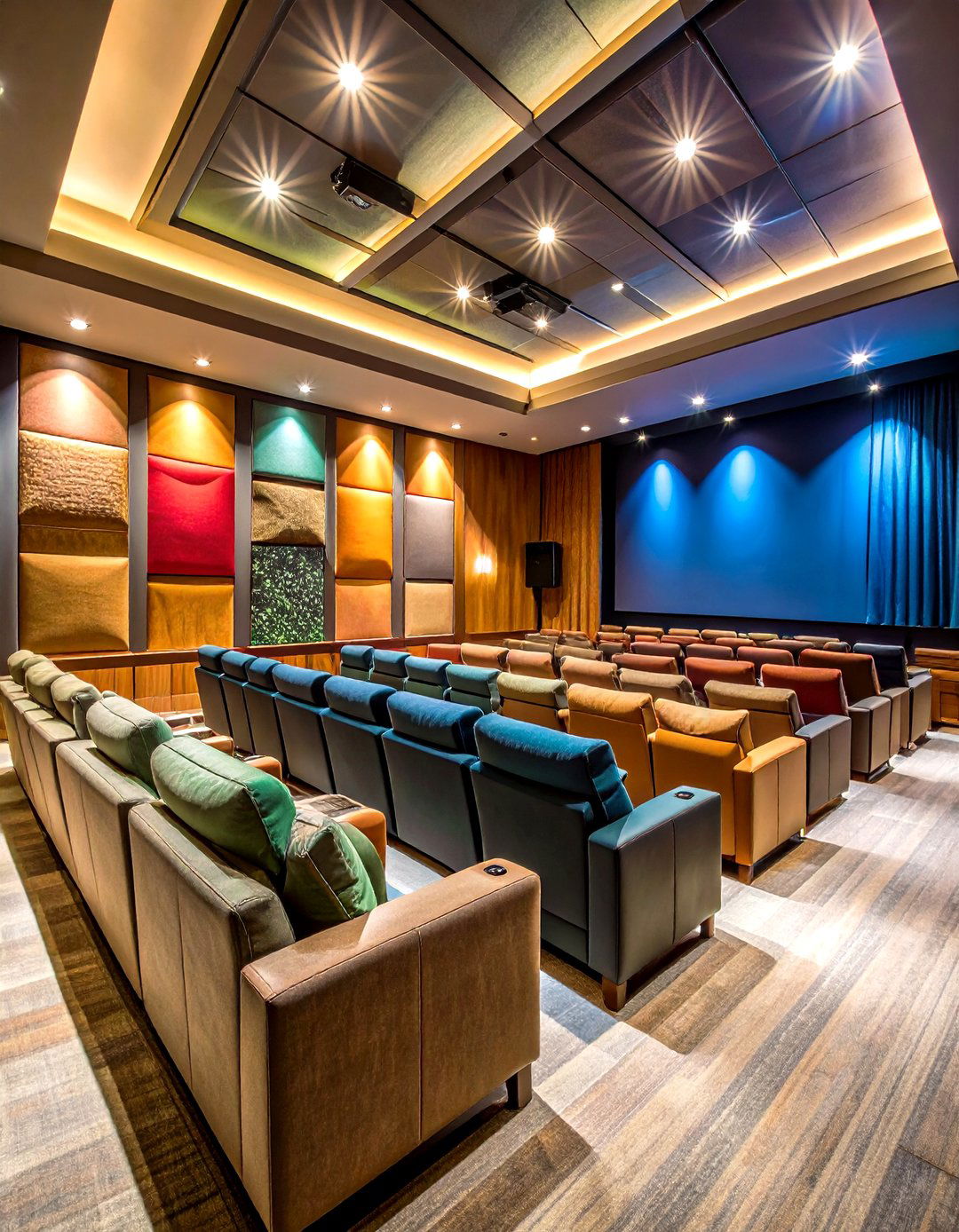
Fabric-wrapped panels bring softness and sound-absorbing qualities to walls. Attaching fabric to rigid boards creates custom-sized panels that can be arranged in grids or as oversized artworks. Choose performance fabrics for high-traffic or moisture-prone areas like bathrooms or basements. Fabrics range from linen and velvet to acoustic-grade weaves that reduce echo—ideal for home theaters and offices. Installation is straightforward: wrap fabric around the board, staple on the back, and mount with picture-hanger hardware.
10. Cork Wall Tiles

Cork wall tiles offer an eco-friendly, versatile surface that absorbs sound and adds warmth underfoot. Tiles come in various patterns—hexagons, squares, or plank formats—and natural cork tones blend with many color schemes. Installation is typically peel-and-stick or glue-down, making it an approachable DIY project. Cork can be painted or stained for custom looks. It’s ideal for home offices, playrooms, or music studios where noise reduction and pin-up capabilities (think bulletin boards) are valued.
11. Stone Veneer
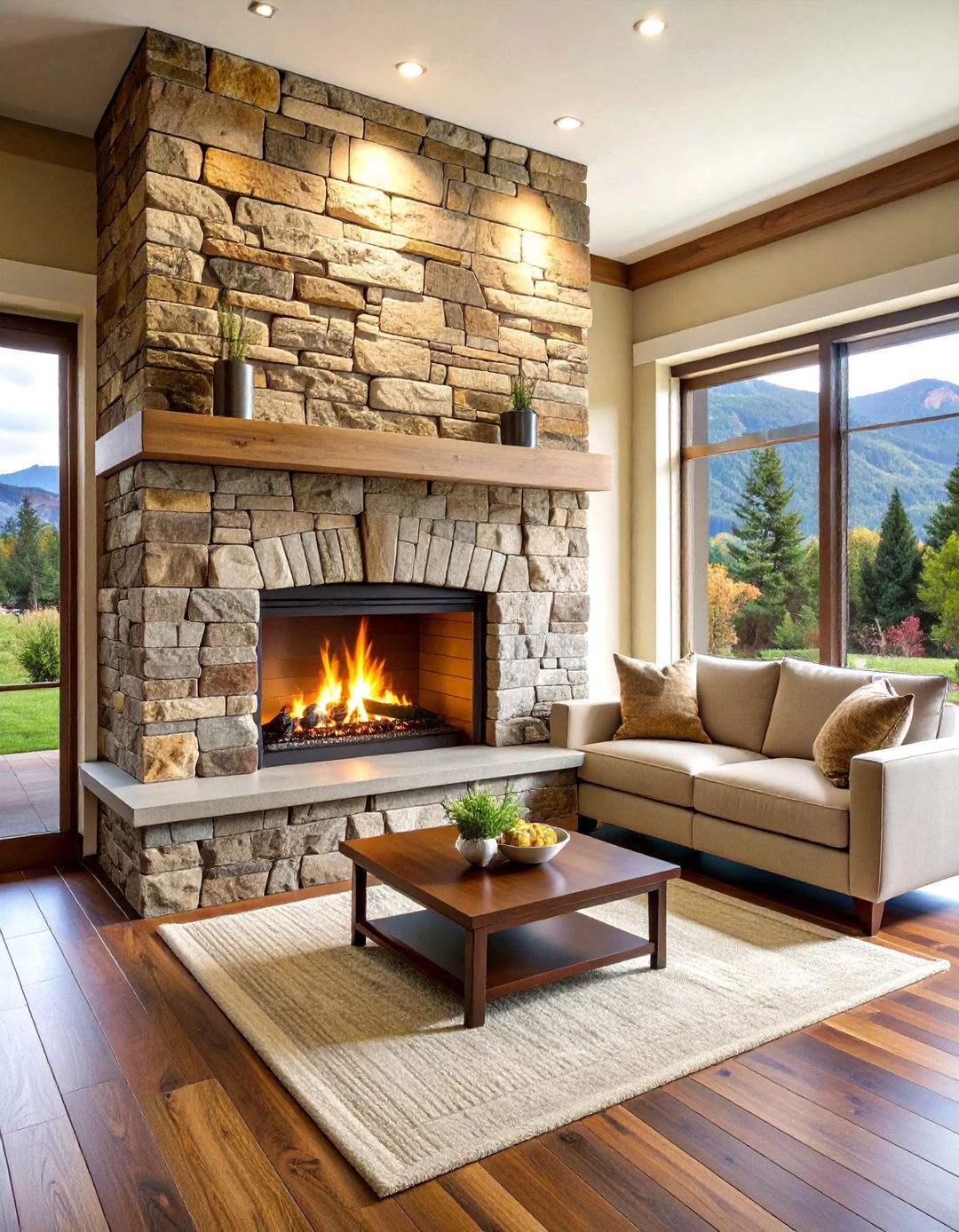
Natural or manufactured stone veneer adds rugged texture and timeless appeal to interior walls. Lightweight panels mimic full-stone cladding but install with construction adhesive and mortar joints for realism. Veneer varieties include ledgestone, stacked stone, and ashlar cut. Interior applications shine on fireplace surrounds, accent walls, or bar backsplashes—bringing earthy warmth and architectural gravitas. Because veneer is thinner than solid stone, it’s suitable for retrofit projects without reconfiguring door frames or baseboards.
12. Brick Veneer
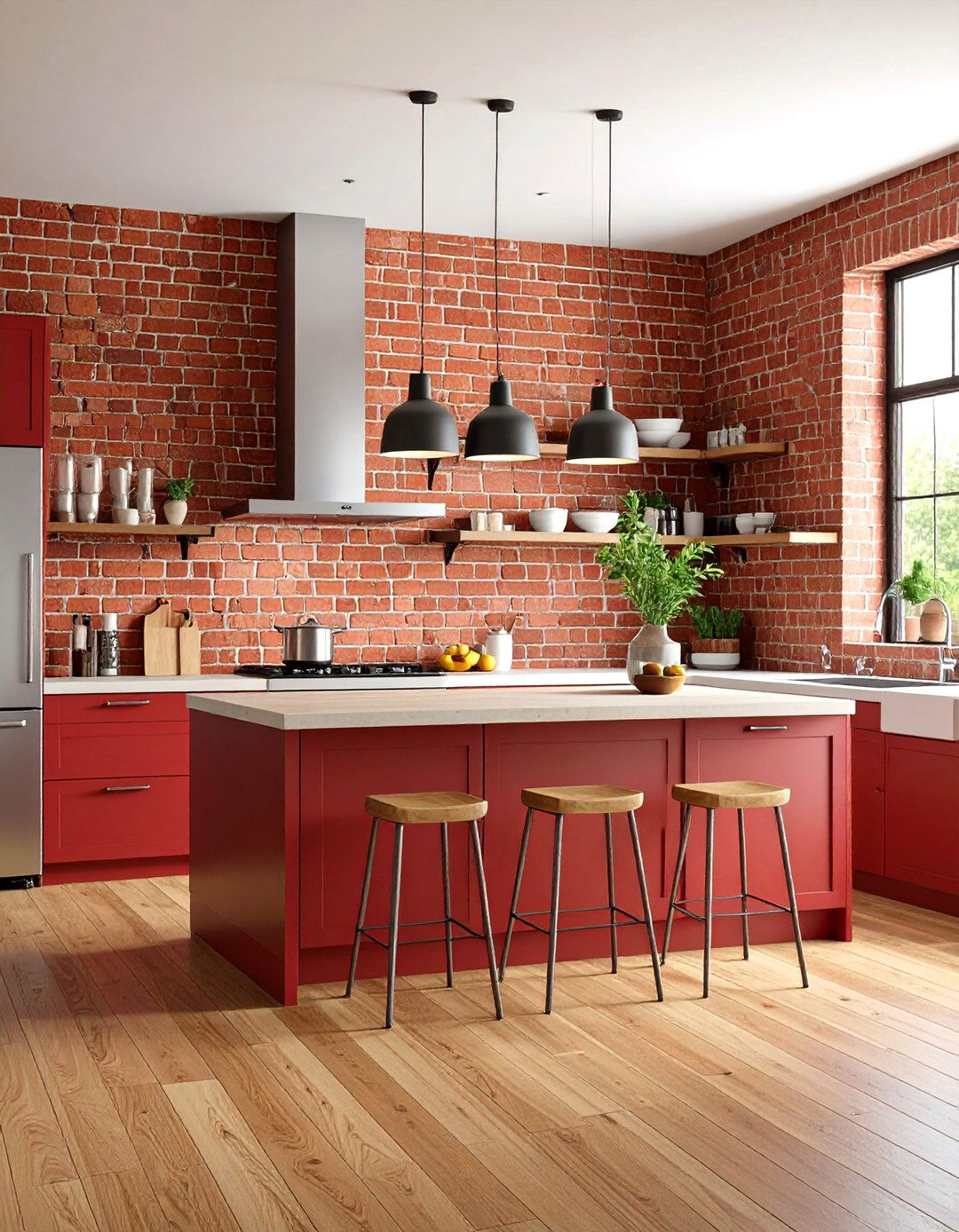
Brick veneer creates the charm of exposed brick without structural constraints. Thin, lightweight brick slips adhere to walls using mortar, grout, or specialized adhesives. Once installed, the wall behaves like true brick, complete with variations in color and texture. Painted brick veneer offers a sleek industrial look, while classic red or whitewashed finishes suit loft-style interiors. It’s a durable, low-maintenance choice for kitchens, living rooms, or feature walls.
13. Chalkboard Paint
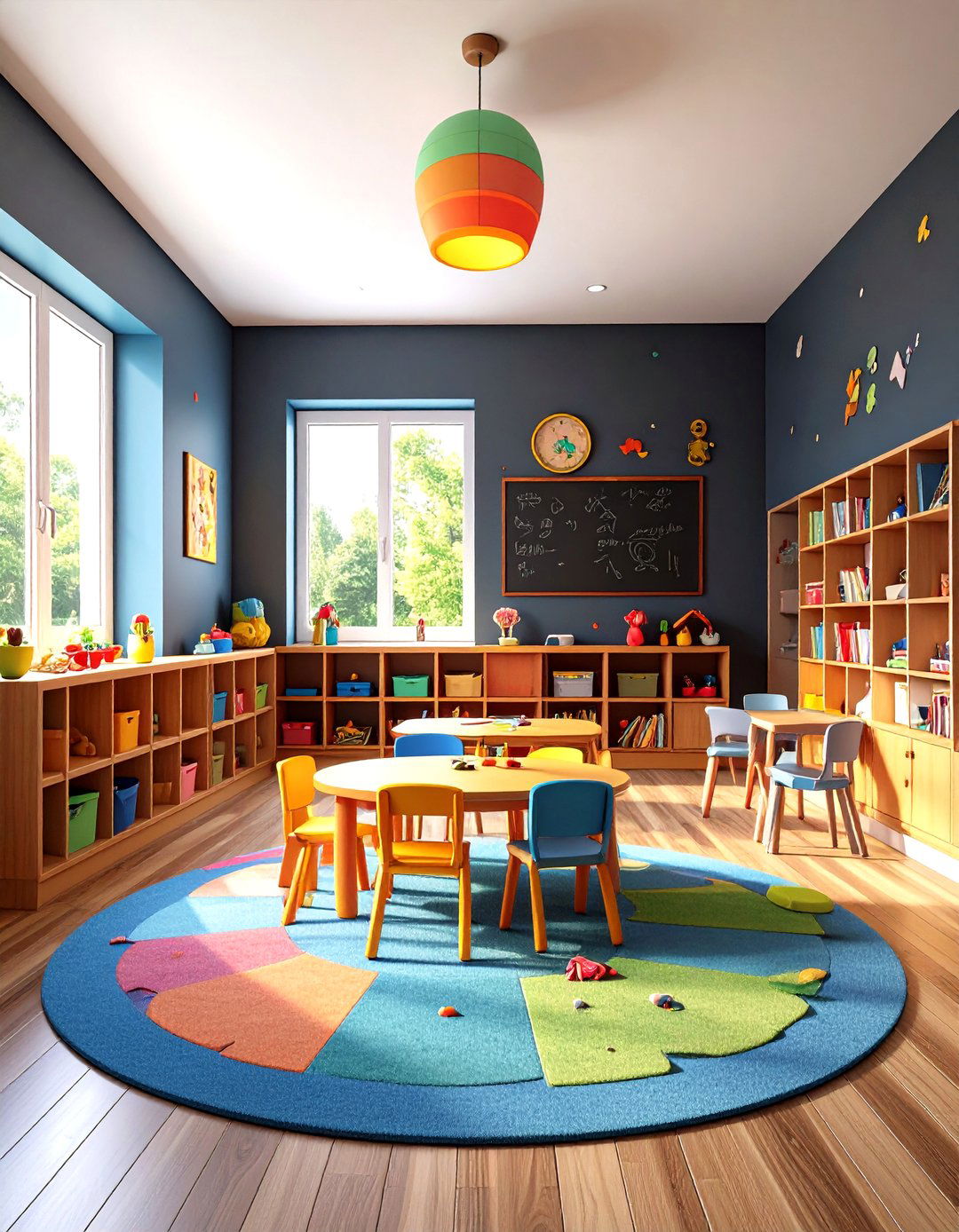
Chalkboard paint transforms any smooth wall into a writable, erasable surface—perfect for kitchens, children’s rooms, or home offices. Available in classic matte black or fun colors, it encourages creativity and organization. Surface prep is minimal: prime, sand, and apply two to three coats. After curing, season the chalkboard by rubbing chalk over the surface and erasing. The result is a playful, functional wall for notes, doodles, or rotating artwork.
14. Metallic Tiles
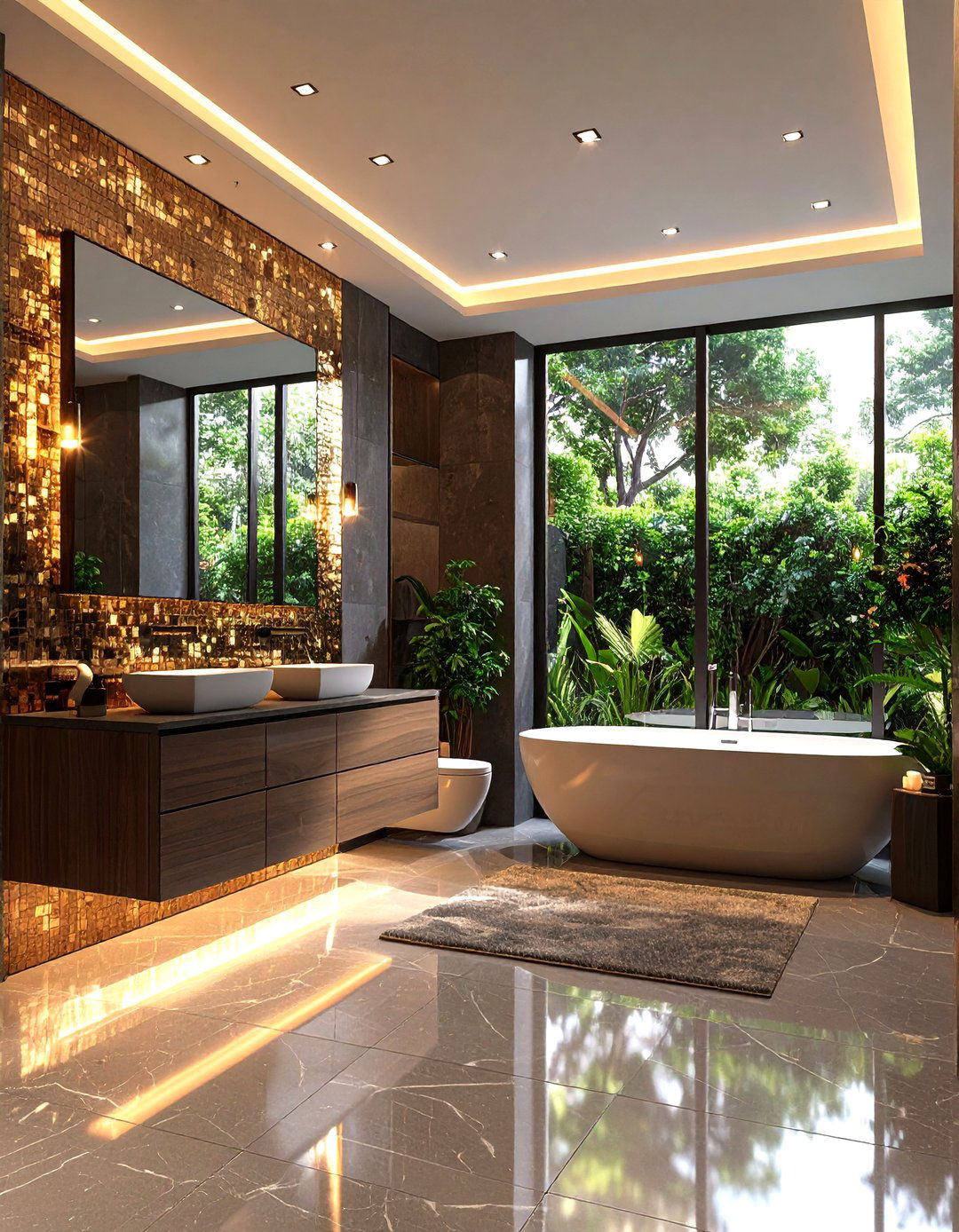
Metallic wall tiles—crafted from aluminum, stainless steel, or copper—reflect light and add a glamorous touch. Tiles come in mosaic, hexagon, or subway formats, often with embossed textures. They’re moisture-resistant, making them ideal for kitchen backsplashes or bathroom feature walls. Installation uses thinset mortar, with grout lines accentuating each metallic piece. Over time, metals like copper develop a patina, introducing evolving character and warmth.
15. Fiberglass-Reinforced Panels (FRP)

Fiberglass-reinforced plastic (FRP) panels are highly durable, water-resistant, and easy to clean, making them ideal for commercial kitchens, laundry rooms, or high-moisture areas. Available in smooth, textured, or tiled patterns, FRP withstands impact and resists mold. Panels install with adhesive and sealed seams, offering a sanitary, low-maintenance solution when hygiene and durability are priorities.
16. Living Green Walls

Living green walls—vertical gardens of live plants—bring biophilic design indoors, improving air quality and well-being. Systems vary from modular panels to felt pockets, accommodating moss, succulents, or tropical plants. Proper irrigation and lighting are crucial; many setups include automated watering. Whether framed as living art or spanning entire walls, green walls add lush texture and a dynamic, evolving aesthetic that changes with plant growth.
17. Oversized Wall Decals
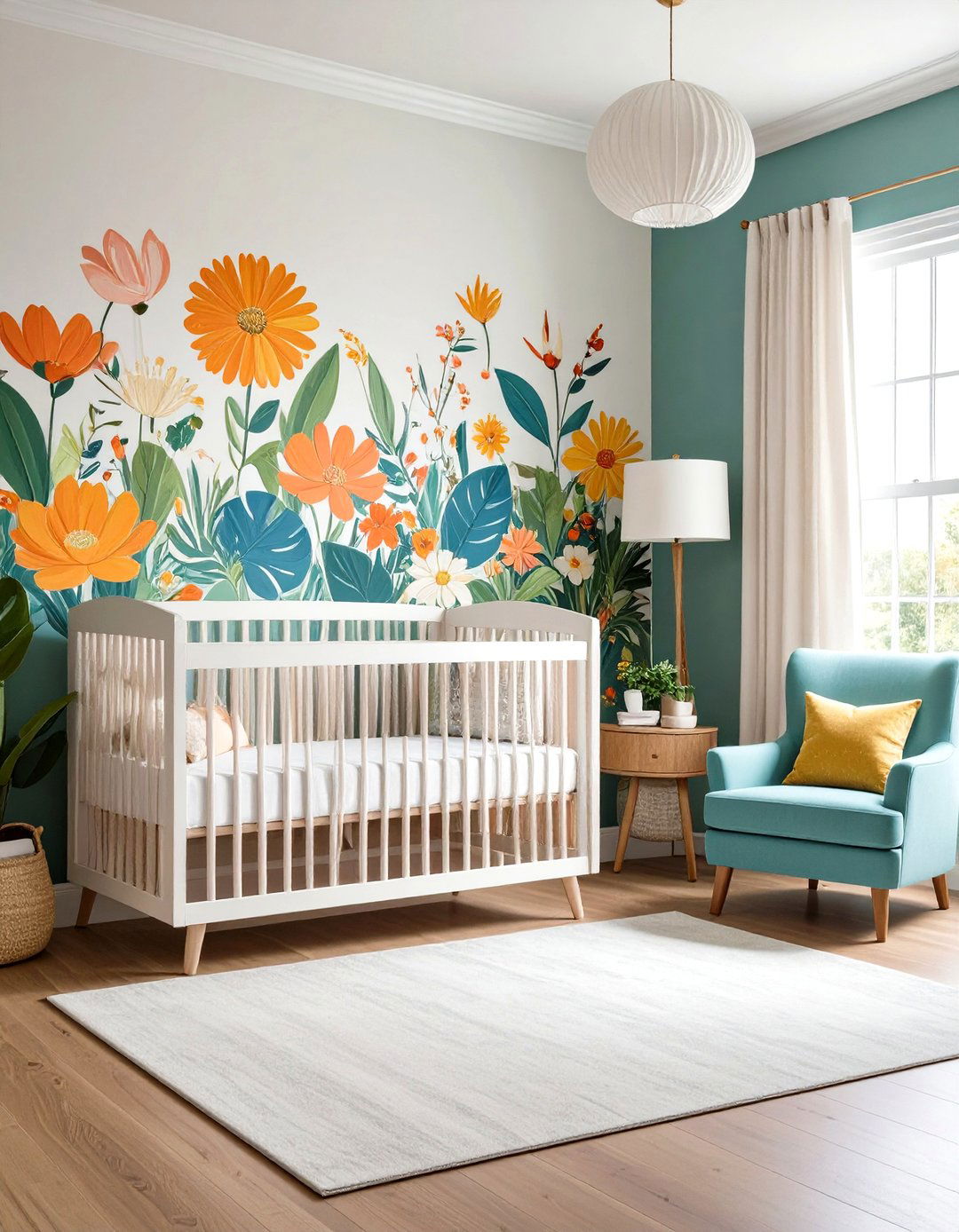
Vinyl wall decals offer graphic impact without permanence. Available in everything from delicate botanicals to bold typography, they apply easily to smooth walls and peel off cleanly. Decals make striking focal points in nurseries, offices, or dorm rooms. Layer multiple designs for custom compositions or frame them with painted borders to mimic murals. They’re a cost-effective, renter-friendly way to experiment with large-scale graphics.
18. Textured Plaster Finishes

Textured plaster—such as Venetian plaster, stucco, or limewash—creates nuanced, artisanal wall surfaces. Skilled application yields depth through trowel marks, color variations, and subtle sheen. Venetian plaster, polished to a marble-like finish, imparts a luxurious feel, while rustic stucco evokes Mediterranean charm. Limewash produces a matte, chalky patina that evolves over time. Though installation is labor-intensive, the result is a bespoke surface that adds timeless character.
19. Vinyl Wall Murals

Vinyl wall murals offer photographic or illustrated scenes at large scale, transforming walls into immersive environments. Printed on durable, removable vinyl, murals range from cityscapes and forests to abstract art. Installation uses water-activated paste or peel-and-stick backing. Murals add drama to feature walls in living rooms, bedrooms, or commercial spaces and can be customized with personal images or commissioned artwork.
20. Modular Art Panels
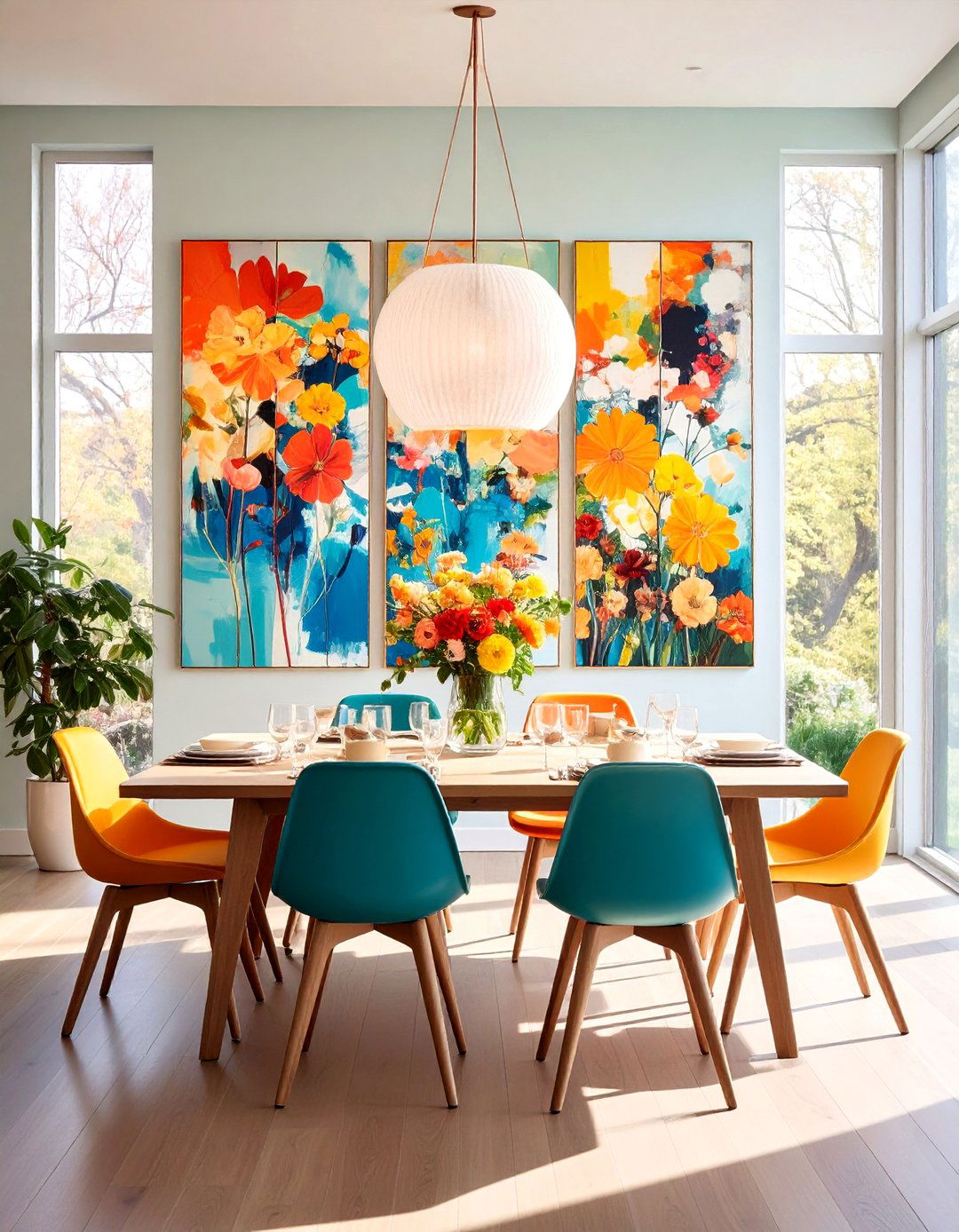
Modular art panels—pre-printed or hand-crafted pieces mounted on lightweight boards—allow for flexible arrangements and easy updates. Panels can be grouped in grids, staggered layouts, or salon-style gallery walls. Swap panels seasonally or rearrange to refresh the room’s look. Materials include canvas, wood, or acrylic, and panels can incorporate mixed media like metal accents or LED backlighting for added dimension.
Conclusion:
Wall coverings encompass a vast array of materials and techniques—from the simplicity of paint and decals to the immersive drama of living green walls and three-dimensional panels. By selecting treatments that align with your style, budget, and functional needs, you can transform flat surfaces into engaging design features that enhance ambiance, conceal imperfections, and reflect your personal aesthetic. These 20 ideas offer a starting point for creative exploration, ensuring your walls make a lasting impression and enrich the character of your space.



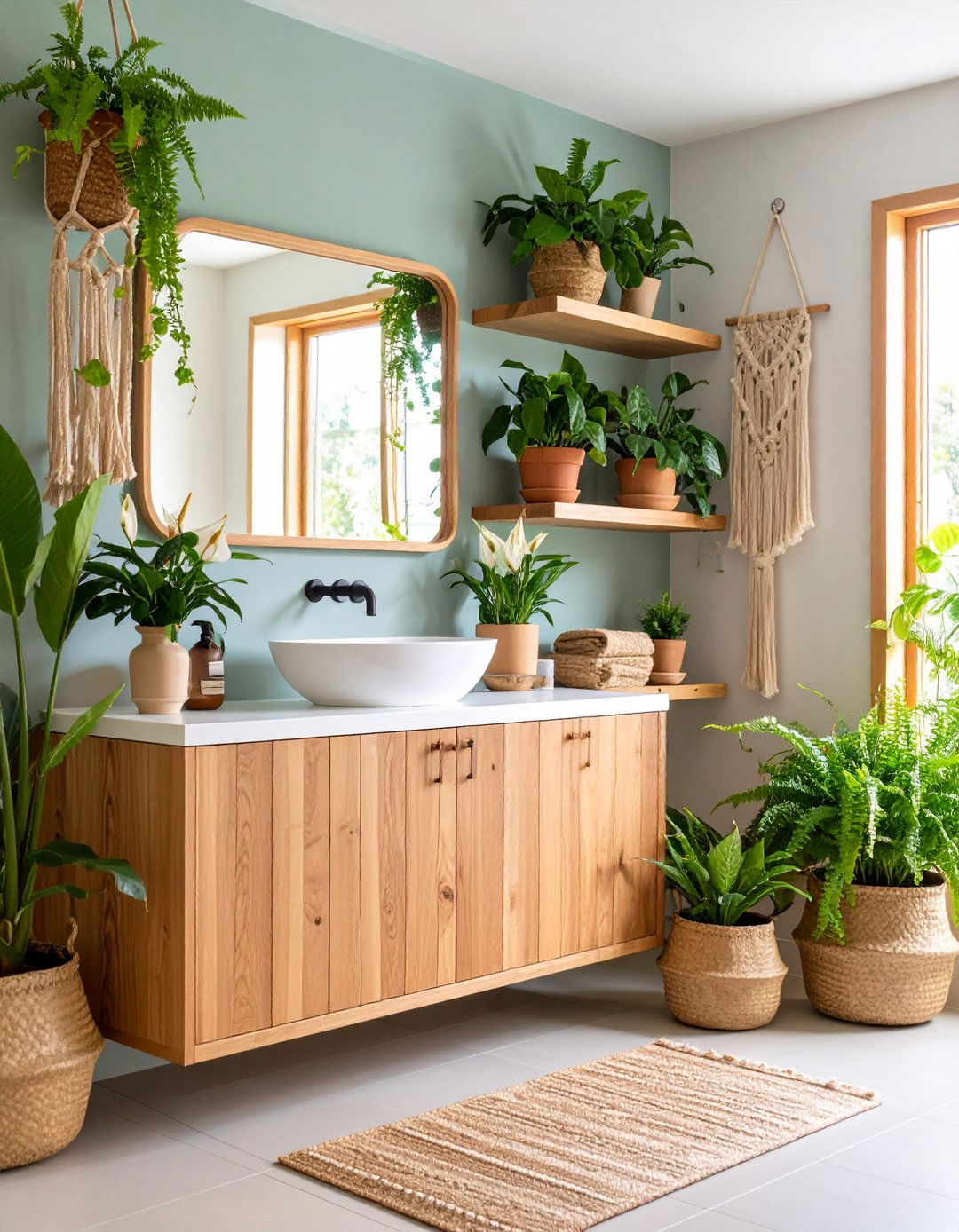
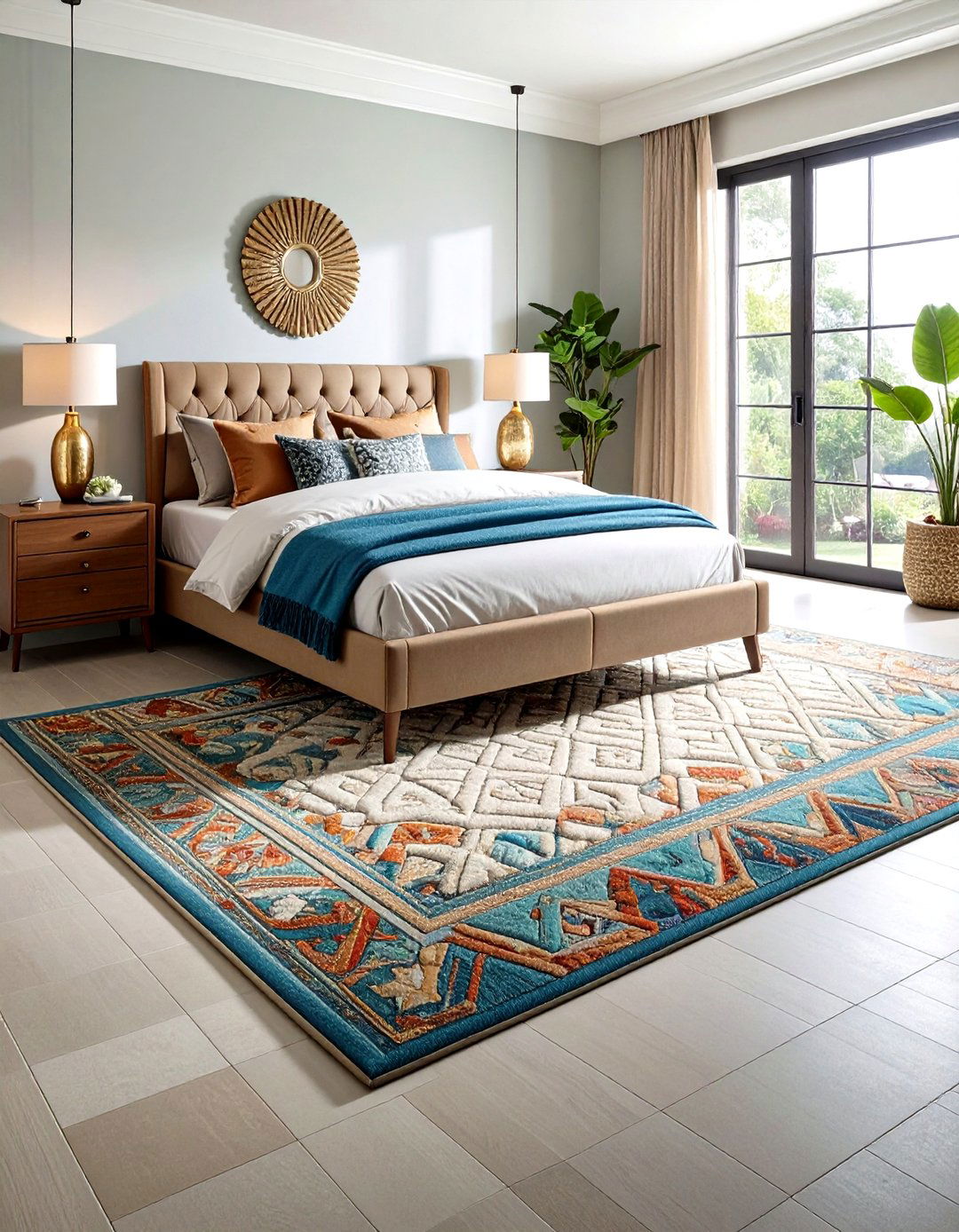
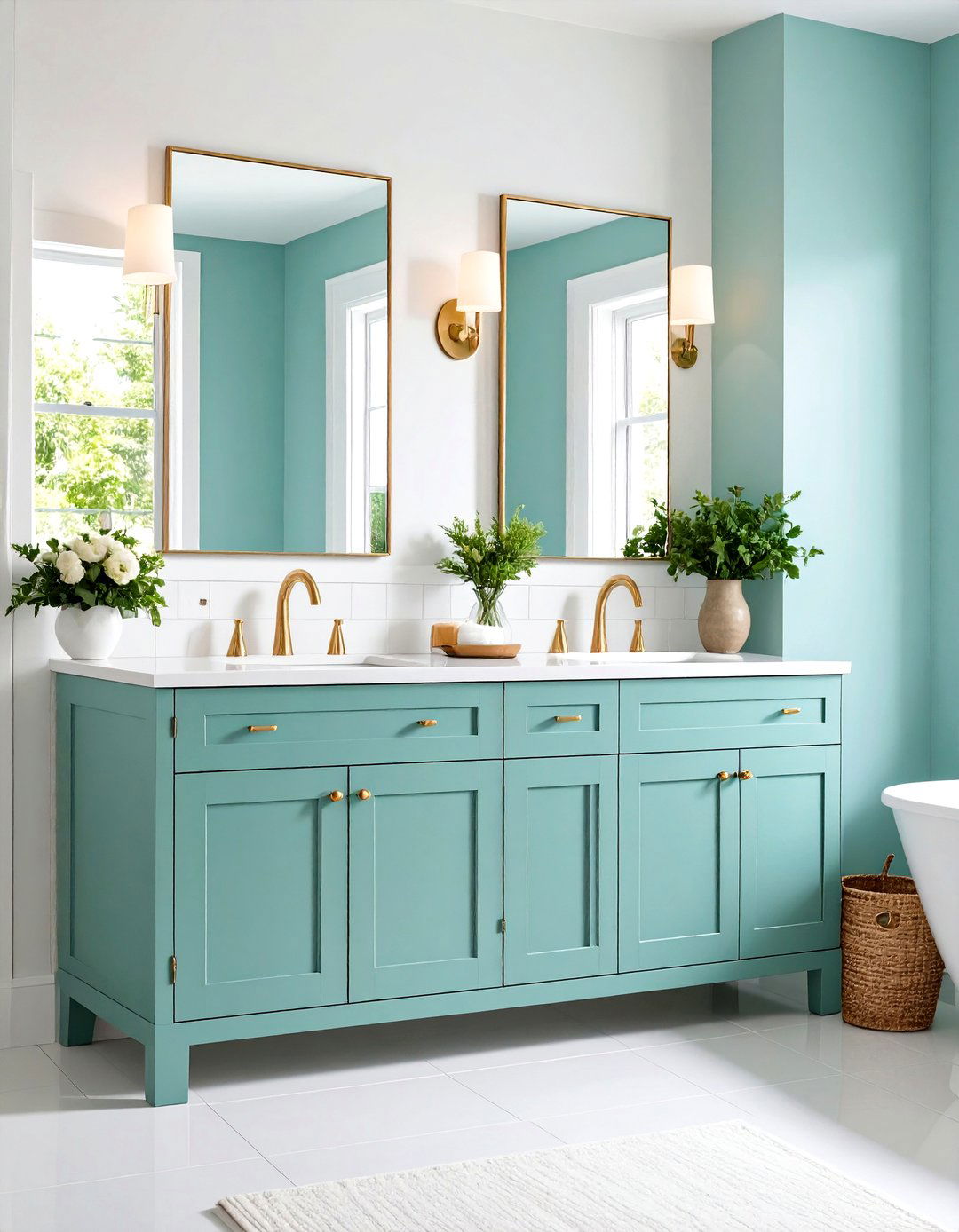
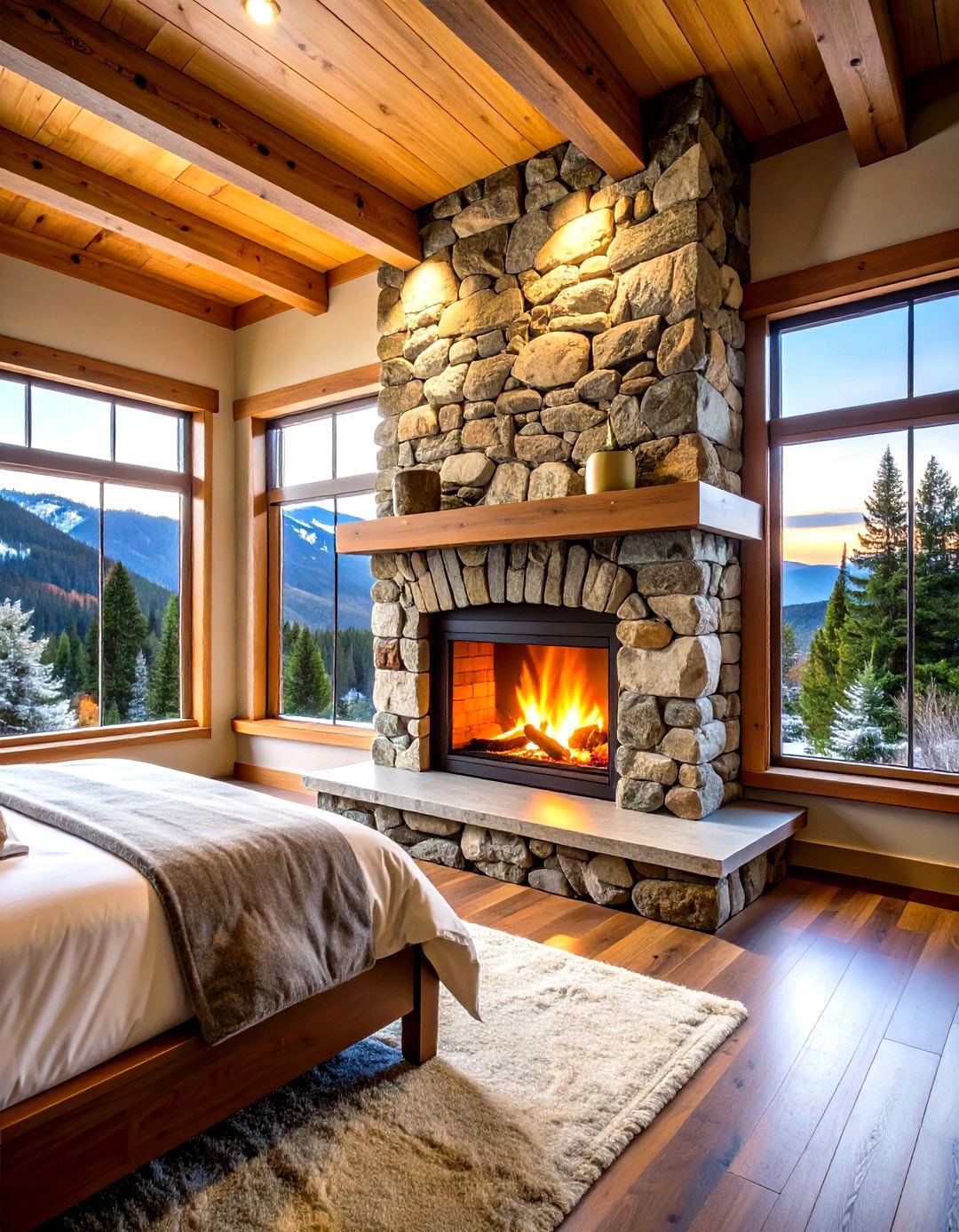
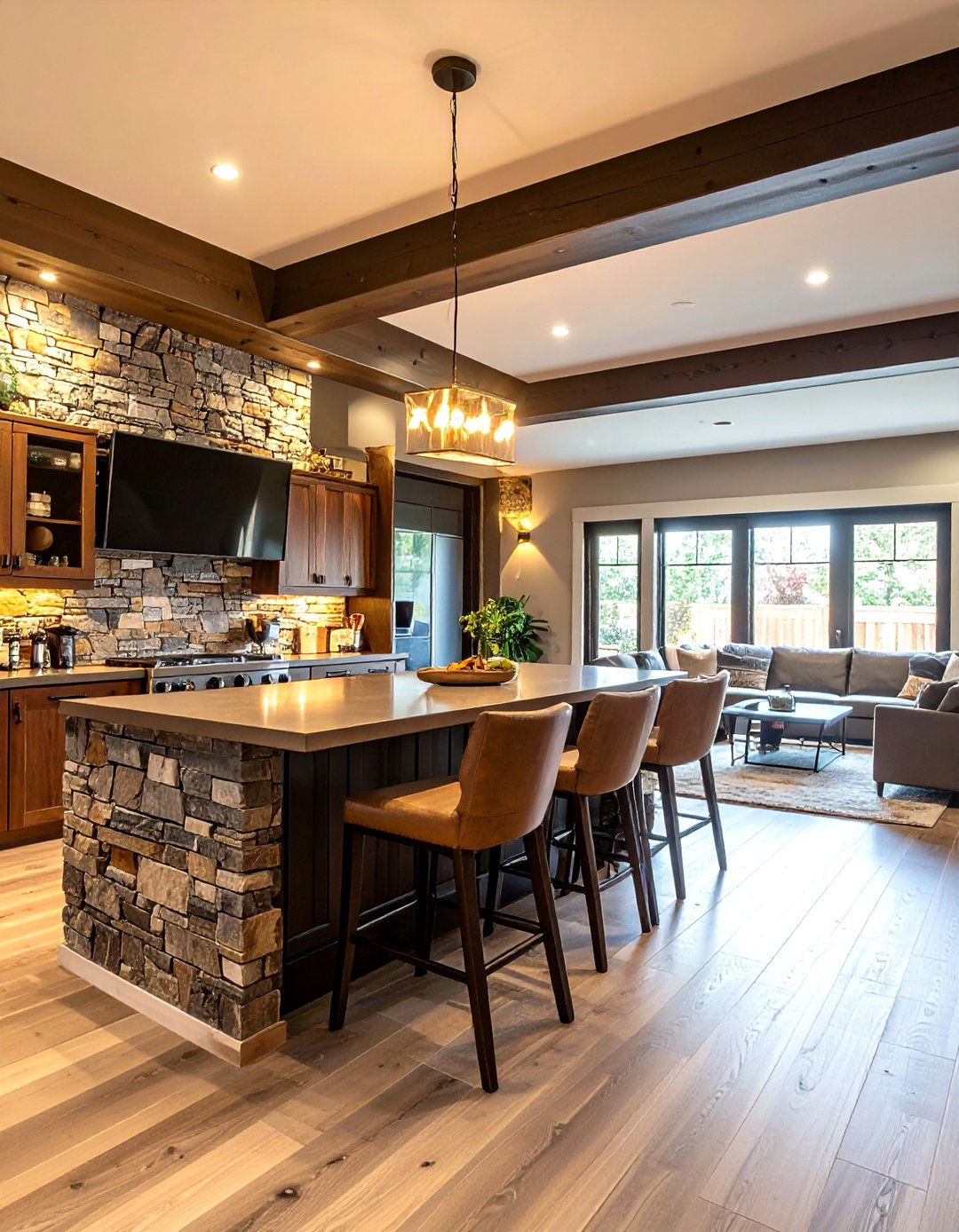
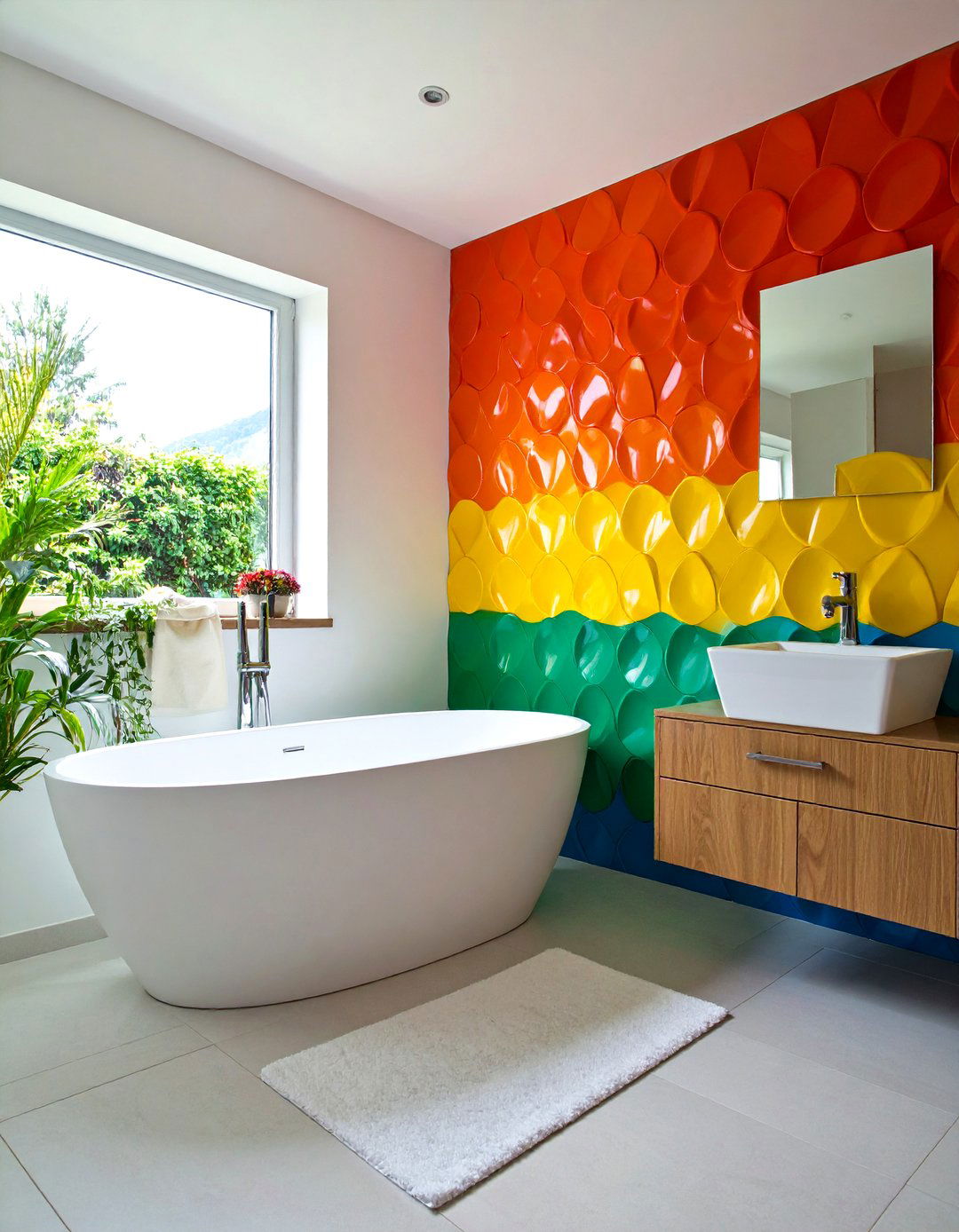
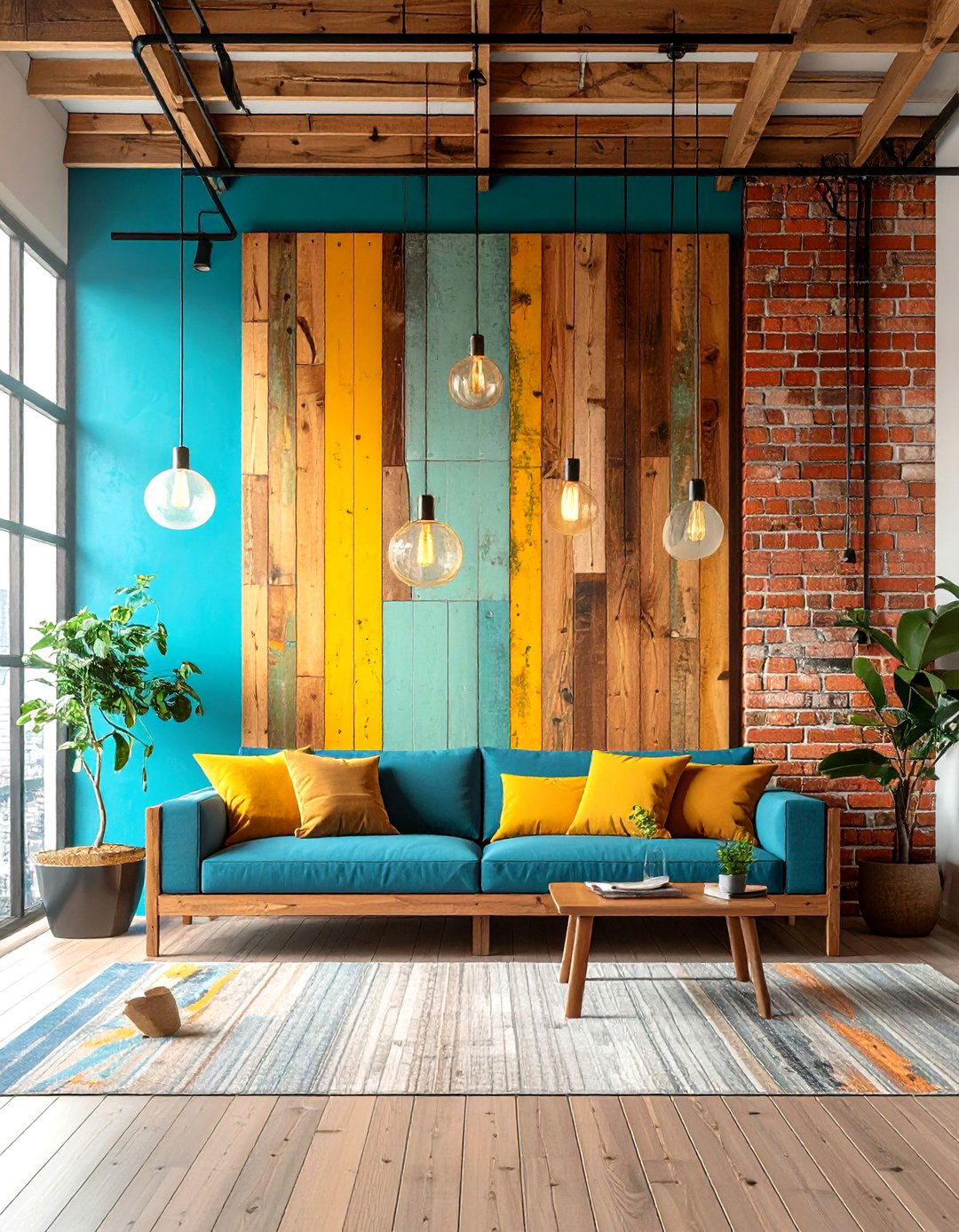
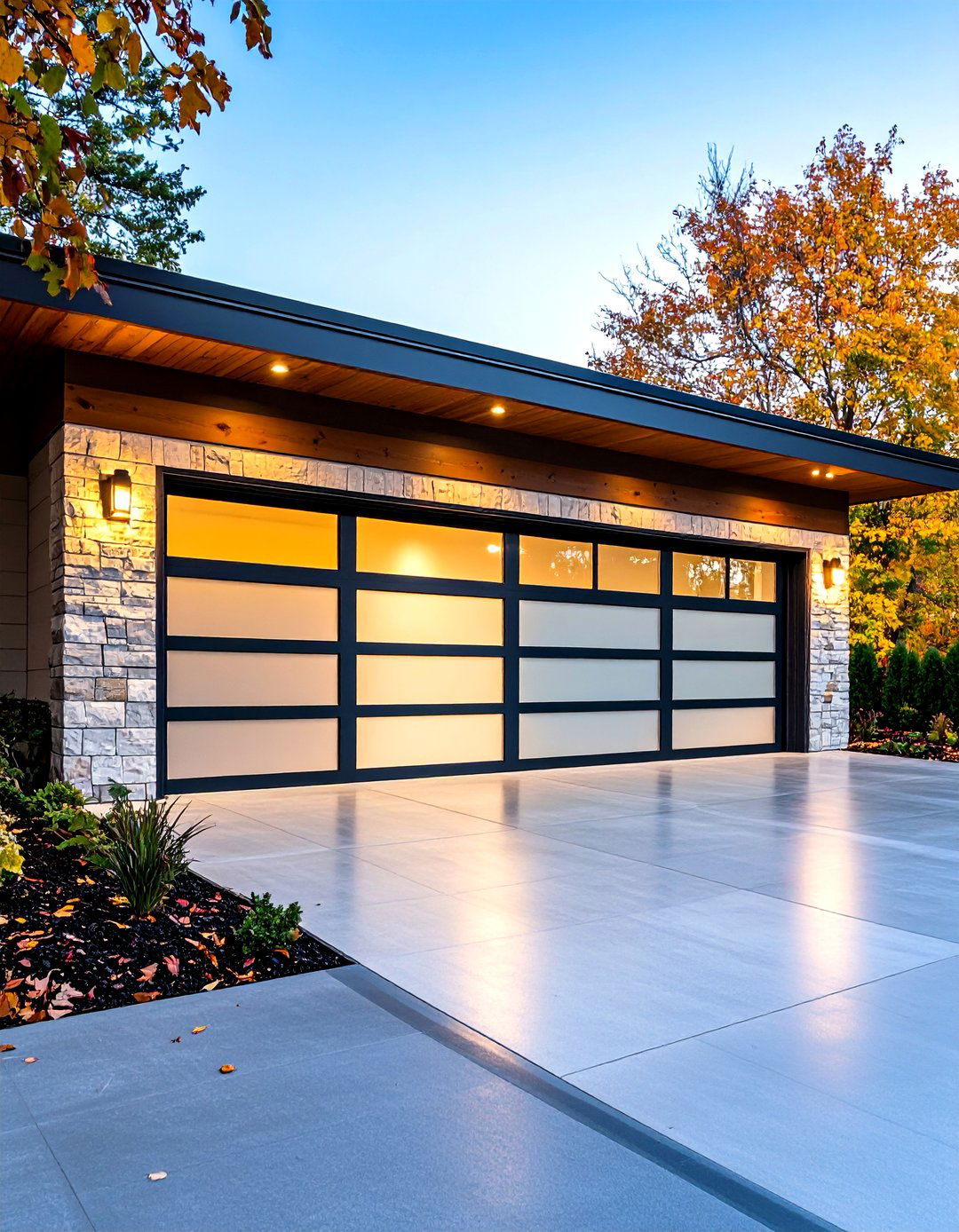
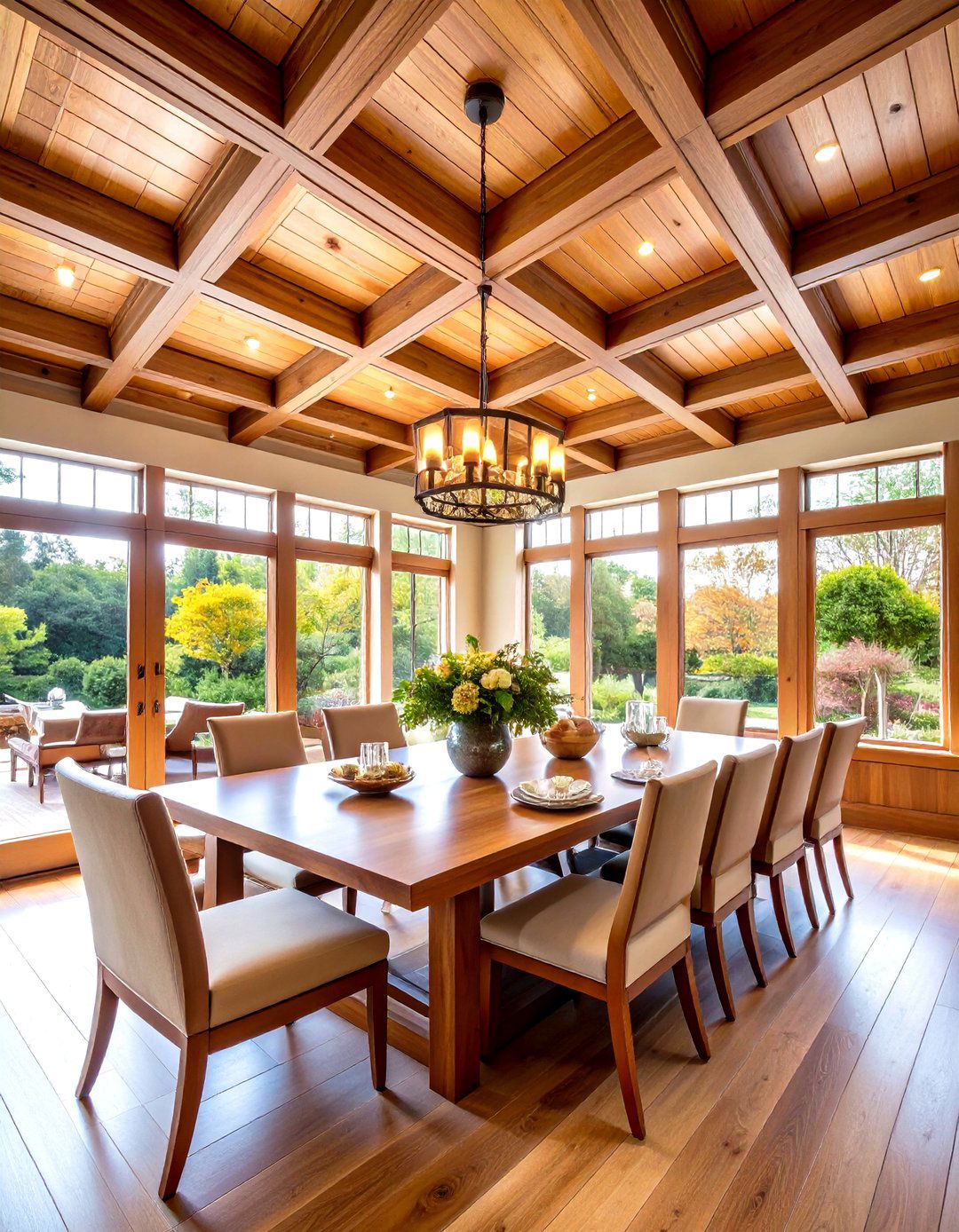
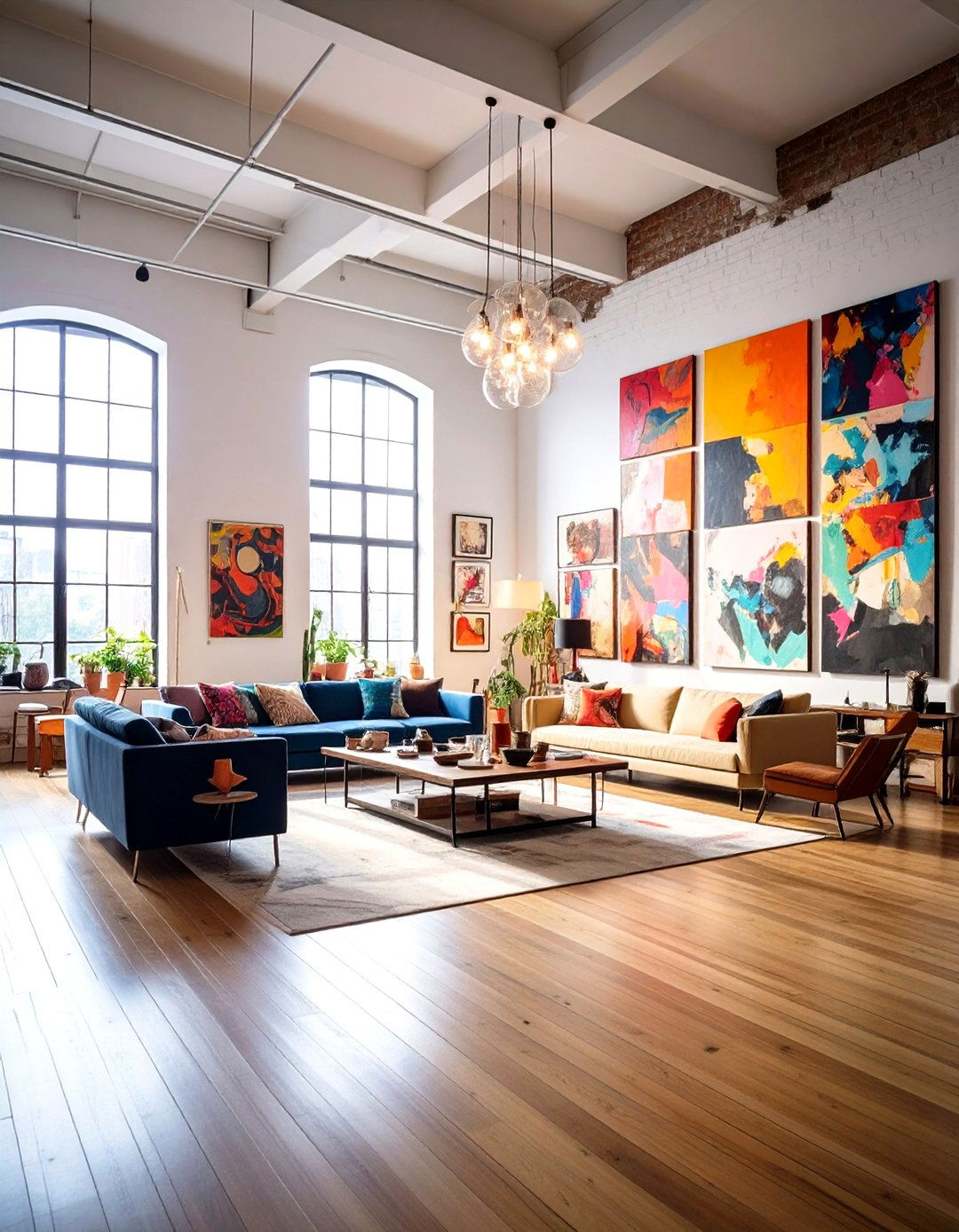
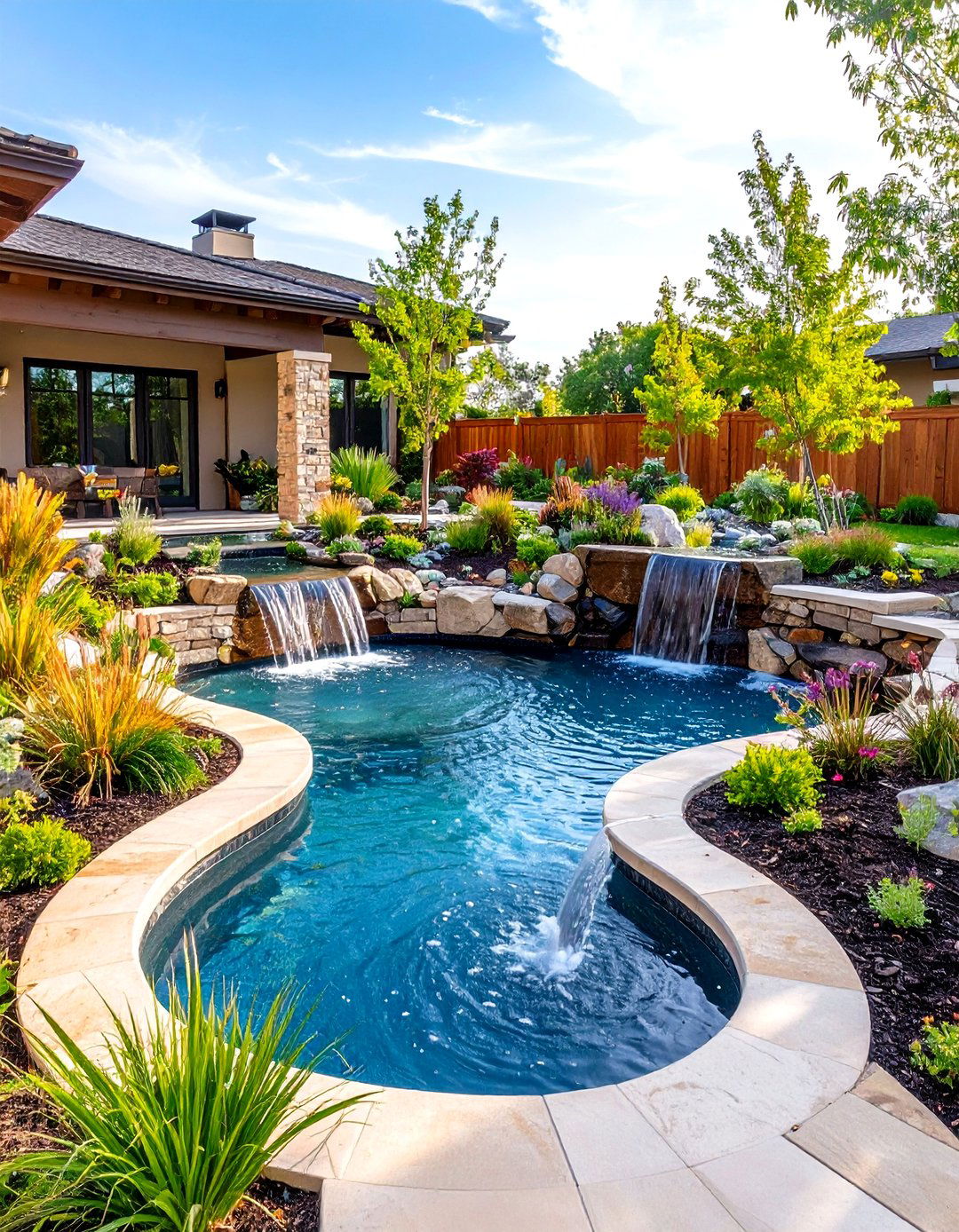
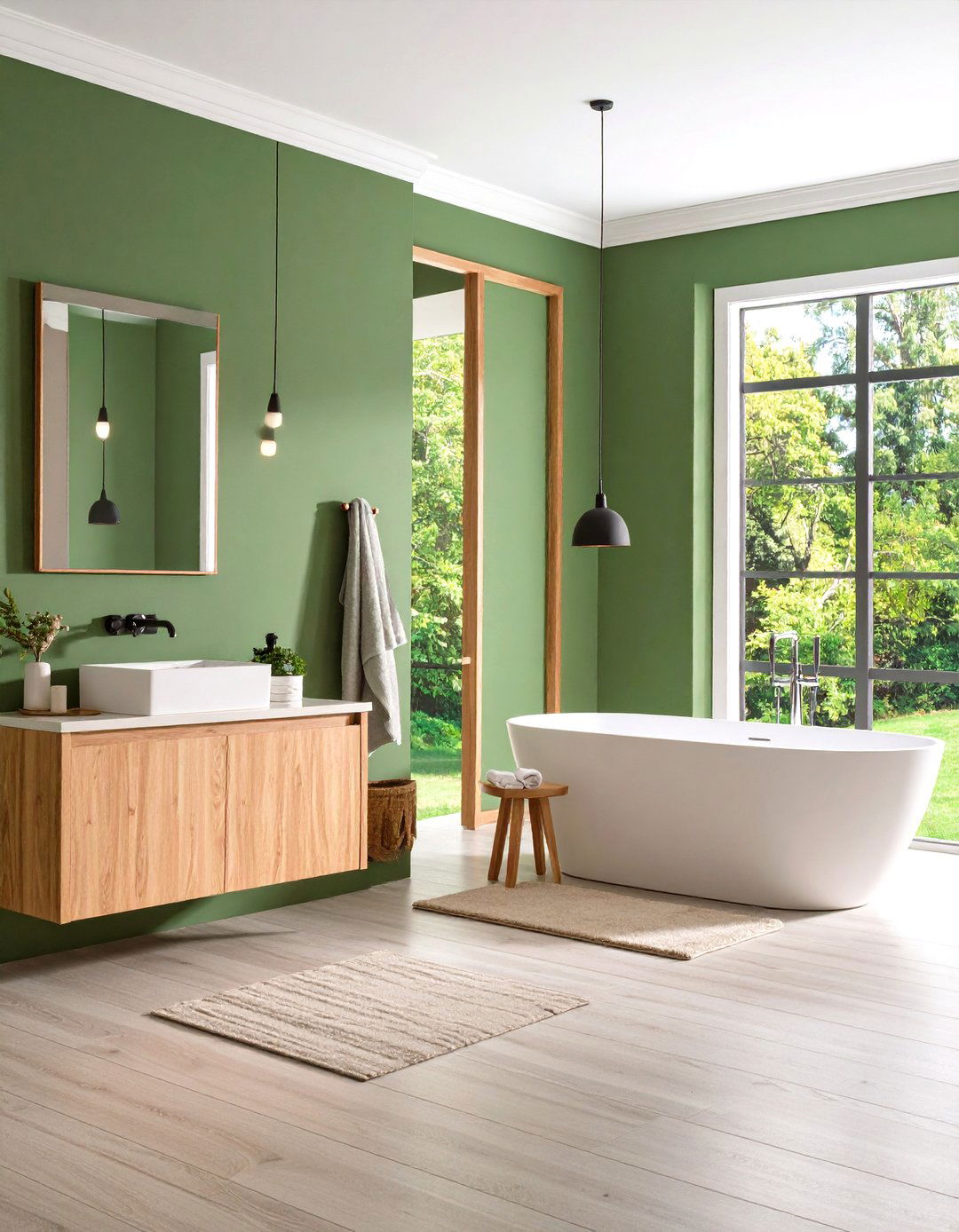
Leave a Reply